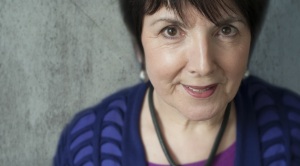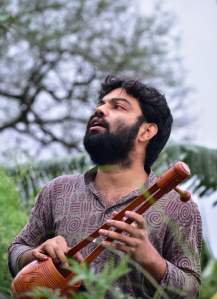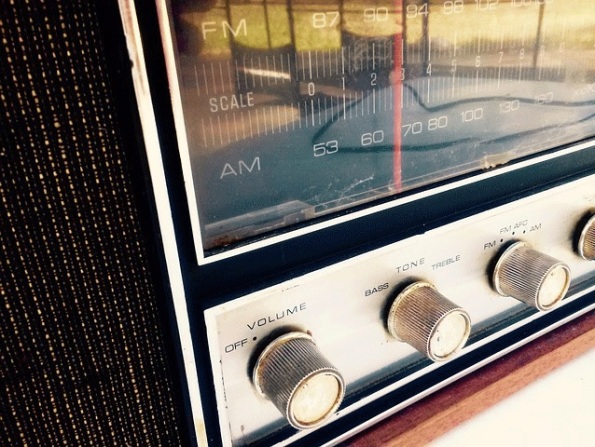Le Gordon Wells
 Visitors to the annual Ceòlas summer school in South Uist, among many others with an interest in Gaelic cultural and educational activities, will need little introduction to Catriona MacIntyre. Here she is talking to Archie Campbell for UHI’s project, Stòras Beò nan Gàidheal.
Visitors to the annual Ceòlas summer school in South Uist, among many others with an interest in Gaelic cultural and educational activities, will need little introduction to Catriona MacIntyre. Here she is talking to Archie Campbell for UHI’s project, Stòras Beò nan Gàidheal.
Here, in the first part, Catrìona, from Iochdar in South Uist, recalls happy schooldays, first in Iochdar, then Daliburgh, and finishing in Fort William on the mainland. Having decided on a teaching career she trained in Glasgow, before returning to South Uist for her first job, in Lochboisdale, where she used her Gaelic extensively. On marrying she moved back to Fort William where she worked in a school for twenty years, noticing the close island and Gaelic connections of many in the town and the school.
A Clilstore transcript is available here: http://multidict.net/cs/8233
In the second part, Catrìona talks about her seminal involvement in the development of Gaelic Medium Education in Lochaber and neighbouring areas, together with the growth of the Fèis movement at the same time. She enjoyed her peripatetic lifestyle. On retiring home to South Uist, she was involved in supply teaching, and has become closely involved with Ceòlas, the summer school and associated activities, and been involved in teaching Gaelic to adults, for example, for Sabhal Mòr Ostaig.
A Clilstore transcript is available here: http://multidict.net/cs/8235
Tadhail air Island Voices – Guthan nan Eilean
Powered by WPeMatico

 In amongst the valuable Gaelic social history,
In amongst the valuable Gaelic social history, 

 This final article – a printed version of a text originally written to be read aloud as a presentation to a listening audience, a text therefore first written to be voiced and then later readjusted to be read (silently?) rather than listened to – also reminds us of the third challenge this special issue has highlighted. How can the written form of an article, editorial or book express the ‘what else’ or ‘what different-ness’ of reading aloud? How can words on paper or screen contain that which we are arguing voice adds, ear captures and body enacts? This challenge is made explicit by Wells, but we can also read each of the other pieces with an eye (or ear) for how this struggle plays out.”
This final article – a printed version of a text originally written to be read aloud as a presentation to a listening audience, a text therefore first written to be voiced and then later readjusted to be read (silently?) rather than listened to – also reminds us of the third challenge this special issue has highlighted. How can the written form of an article, editorial or book express the ‘what else’ or ‘what different-ness’ of reading aloud? How can words on paper or screen contain that which we are arguing voice adds, ear captures and body enacts? This challenge is made explicit by Wells, but we can also read each of the other pieces with an eye (or ear) for how this struggle plays out.”

 It’s April 2020 and the global lockdown continues, whether you’re on the West coast of Scotland or in West Bengal. We’re largely “confined to quarters” in the international bids to lessen the impact of the COVID-19 pandemic. The internet has many faults, but now offers the potential to afford mental release in times of physical restriction, at least to those fortunate to have access to it. Here’s an example.
It’s April 2020 and the global lockdown continues, whether you’re on the West coast of Scotland or in West Bengal. We’re largely “confined to quarters” in the international bids to lessen the impact of the COVID-19 pandemic. The internet has many faults, but now offers the potential to afford mental release in times of physical restriction, at least to those fortunate to have access to it. Here’s an example.


